Advertisement
The ground doesn’t shake without warning—it just feels that way. For decades, scientists have studied the build-up of stress along tectonic plates, watching fault lines, measuring seismic signals, and reviewing geological histories. But prediction has always been the elusive goal, often too uncertain to act on. Now, artificial intelligence is changing that.
Not with sudden perfection but with promising signs that machine learning can process enormous amounts of data far faster and with more pattern recognition than human efforts alone. This shift isn't about science fiction. It's about refining probabilities, finding weak signals, and giving people a little more time to act.
At the core of earthquake forecasting is data. Seismographs collect it. Satellites observe it. Underground sensors track subtle shifts. Traditionally, these datasets have been analyzed manually or through basic statistical models. The problem is that tectonic processes don’t follow neat rules. They involve chaotic, long-term interactions across deep fault networks. AI thrives in this chaos.
Machine learning models, especially neural networks, are now trained on historical earthquake records, seismic activity, ground deformation data, and more. These models can detect hidden patterns that might signal an upcoming earthquake. For example, researchers have used AI to identify microseismic swarms—tiny, clustered quakes that often precede a larger one. These swarms might go unnoticed by human analysts, but AI can pick them up and flag them for closer inspection.
In California, Japan, and parts of Europe, AI-based systems have started making inputs for short-term prediction. They don't give specific times or places but contribute to assigning probabilities to specific areas, allowing early warning systems to send alerts seconds or even minutes before shaking starts. Those seconds count. For hospitals, transit, and schools, those extra seconds could be employed in halting trains, powering down elevators, or getting people to safety.
In 2023, researchers at Stanford and Google introduced a system called Transformer Earthquake Alert System (TEAS), which outperformed older algorithms in estimating earthquake magnitude and location within seconds of the initial seismic wave. Rather than predicting hours, it gave a more accurate reading moments after the quake began—something known as nowcasting. The system adjusted in real-time, offering valuable updates as data rolled in.
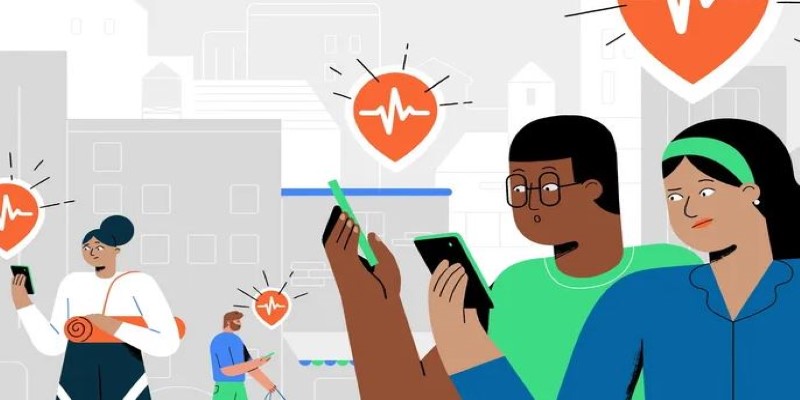
Japan’s national earthquake agency has been using AI to process seismic patterns with greater accuracy, helping narrow down risk zones without issuing widespread warnings that cause unnecessary alarm. Their approach focused on filtering out false signals while highlighting the ones that carry weight. This helped them focus emergency readiness efforts more precisely.
In China, deep learning models are being tested to monitor changes in underground electromagnetic signals. These signals, though often too subtle for humans to interpret clearly, may offer useful insights when fed into well-trained neural networks. When these models detect a consistent shift, alerts can be sent out earlier than before, offering potential life-saving lead time.
While none of these systems offer pinpoint predictions, the improvements they bring—faster processing, more detailed probability mapping, and fewer false alarms—are already making a difference.
Even with these advancements, AI-based forecasting is not without issues. Earthquake forecasting is complex and data-heavy, and not every region has the same access to quality information. Models trained on high-resolution data from one country may not perform well in areas with fewer sensors or limited historical records.
Then there’s the issue of explainability. Deep learning systems can produce results that seem accurate but often don’t offer a clear explanation of how they got there. This creates a challenge for scientists who want to understand the process rather than just the output. For decision-makers, the lack of transparency can cause hesitation when weighing whether to trust an AI-generated alert.
Public perception is another factor. If AI warnings are wrong too often, people may begin to ignore them. But if no warning is given and a major quake strikes, the backlash could be severe. Balancing trust, accuracy, and communication is one of the biggest challenges as AI becomes more involved in public safety decisions.
Efforts are being made to combine traditional seismic modeling with AI systems to improve both accuracy and interpretability. Some researchers are developing hybrid models that use physical simulations as a foundation, with machine learning applied to refine outputs. This combined method could offer better insights into how and why the AI makes certain forecasts.
AI isn't going to predict every quake with precision, but it doesn’t have to. Forecasting isn’t about certainty—it’s about raising the odds of being ready. With every improvement in data quality, computing power, and model accuracy, AI systems become more useful for real-time alerts and long-term planning.
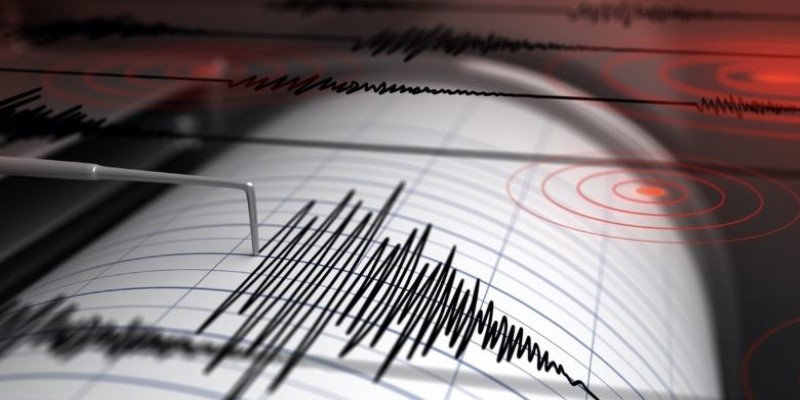
In the coming years, earthquake forecasting will likely become part of a broader risk management ecosystem. Early warnings may be built directly into transportation, utilities, and communication systems. City infrastructure could respond automatically based on forecast thresholds—such as slowing trains, opening emergency exits, or triggering sirens—before most people even feel the ground move.
As more sensors are added across fault lines and new data types, such as satellite radar and deep-earth imaging, become available, AI models will gain additional layers to learn from. These new capabilities could help uncover patterns that today's technology can't yet see.
Even though the models are not infallible, they’re already saving time and lives in places that have started using them. The more they learn, the better they’ll get at catching those early signs of stress underground.
AI-powered earthquake forecasting isn't flawless, but it has made forecasting more responsive and grounded in data than ever before. By detecting patterns in ways humans can't, AI gives us better tools for planning and faster tools for reacting. The systems in place today already show meaningful results, from faster alerts to fewer false alarms. With better data and smarter models, the technology will only improve. While we may never predict every quake, we're getting better at preparing for them—and that could mean fewer tragedies, more readiness, and smarter ways to live in quake-prone regions.
Advertisement
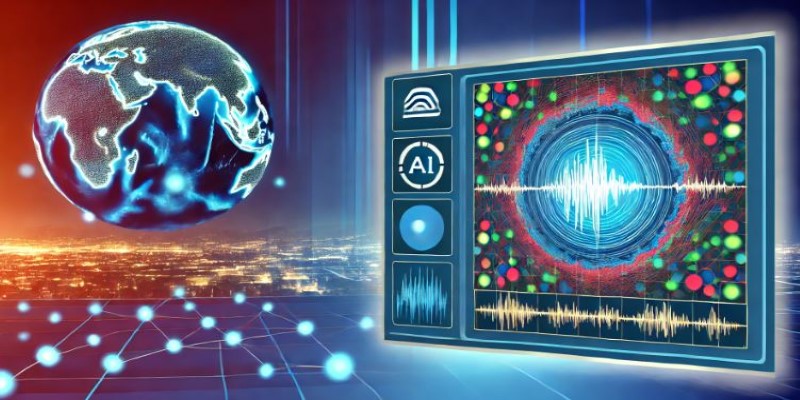
How AI-powered earthquake forecasting is improving response times and enhancing seismic preparedness. Learn how machine learning is transforming earthquake prediction technology across the globe
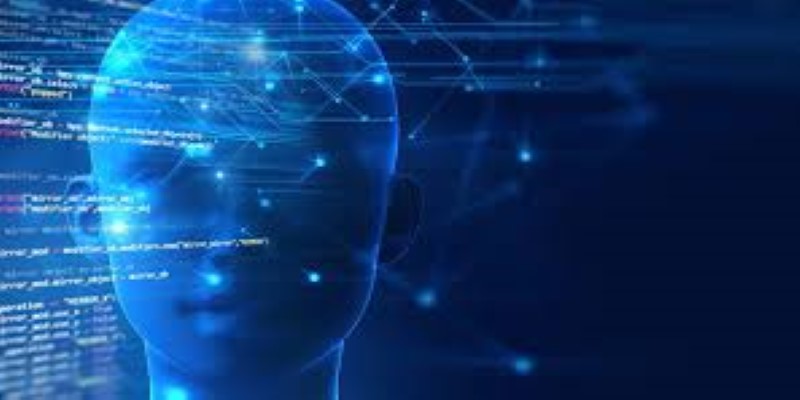
A simple and clear explanation of what cognitive computing is, how it mimics human thought processes, and where it’s being used today — from healthcare to finance and customer service
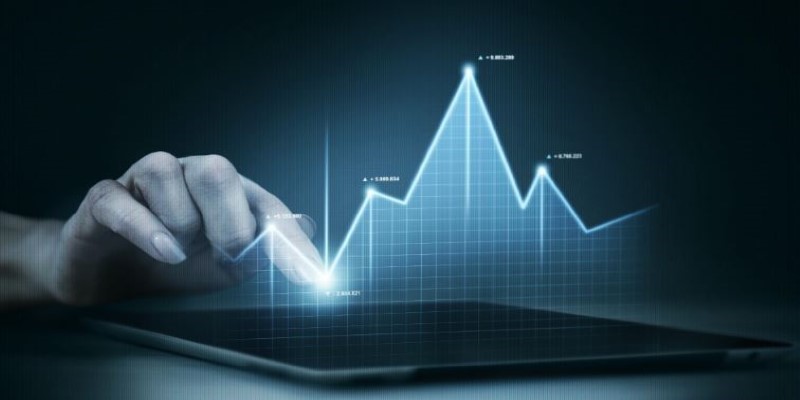
How temporal graphs in data science reveal patterns across time. This guide explains how to model, store, and analyze time-based relationships using temporal graphs

How Krutrim became India’s first billion dollar AI startup by building AI tools that speak Indian languages. Learn how its large language model is reshaping access and inclusion
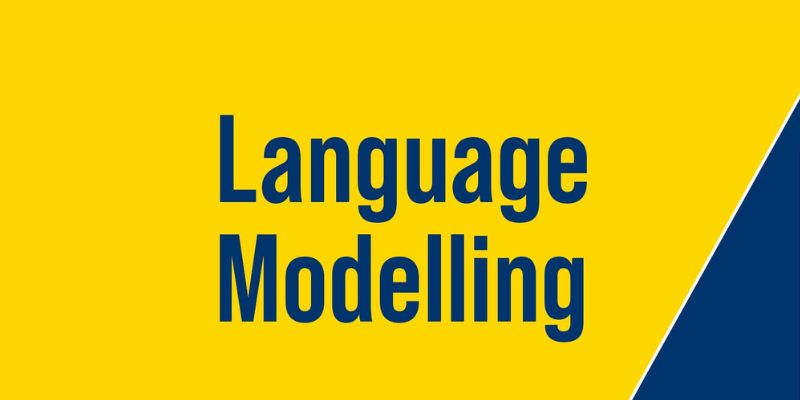
Language modeling helps computers understand and learn human language. It is used in text generation and machine translation
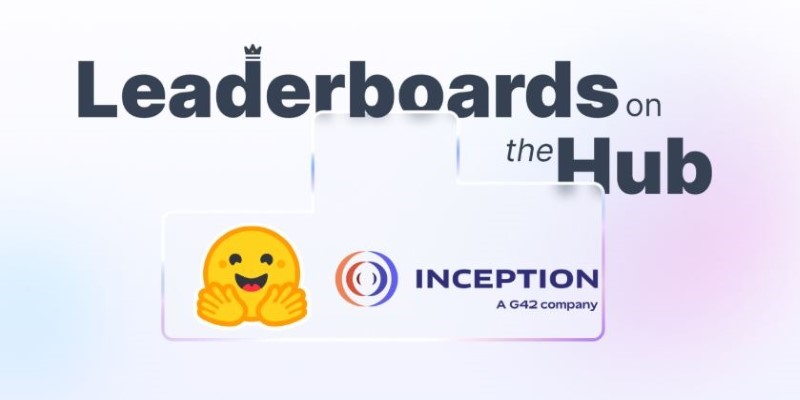
How Arabic leaderboards are reshaping AI development through updated Arabic instruction following models and improvements to AraGen, making AI more accessible for Arabic speakers
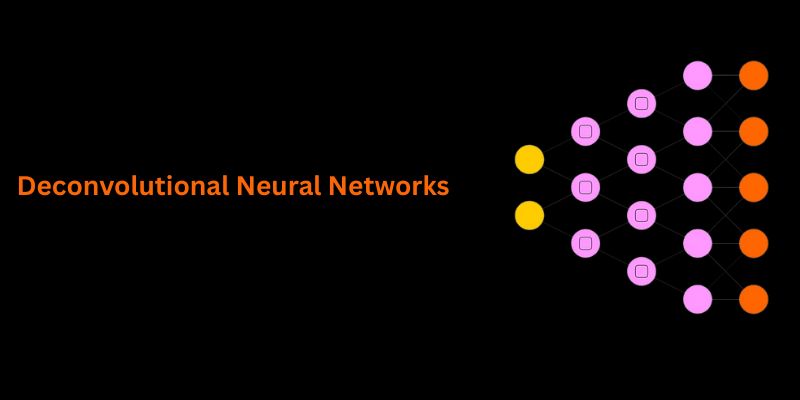
Understand how deconvolutional neural networks work, their roles in AI image processing, and why they matter in deep learning

How Voronoi diagrams help with spatial partitioning in fields like geography, data science, and telecommunications. Learn how they divide space by distance and why they're so widely used
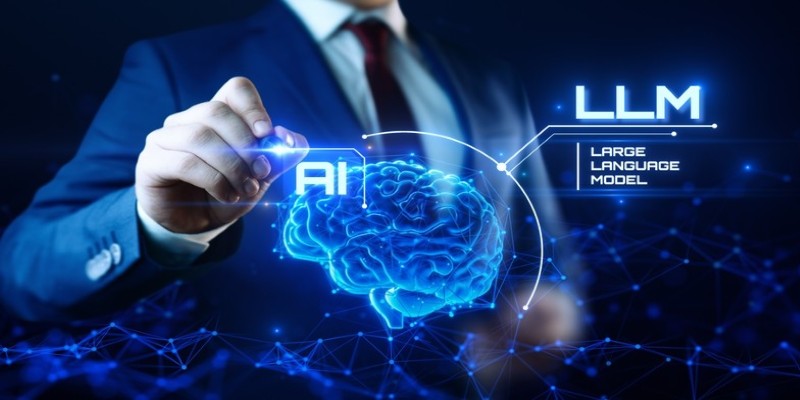
How LLM evaluation is evolving through the 3C3H approach and the AraGen benchmark. Discover why cultural context and deeper reasoning now matter more than ever in assessing AI language models
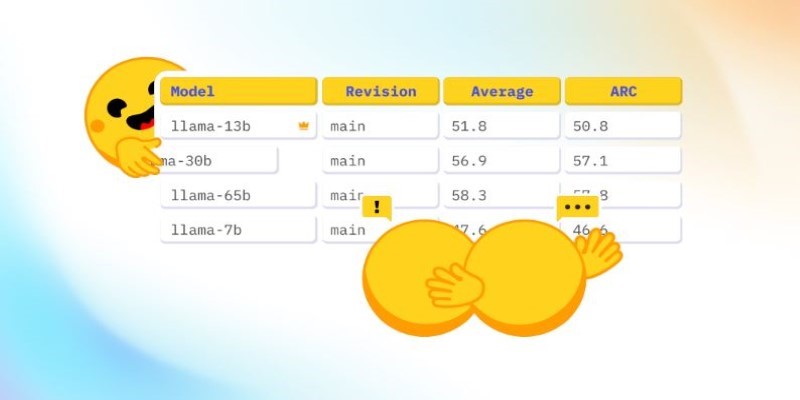
How Math-Verify is reshaping the evaluation of open LLM leaderboards by focusing on step-by-step reasoning rather than surface-level answers, improving model transparency and accuracy
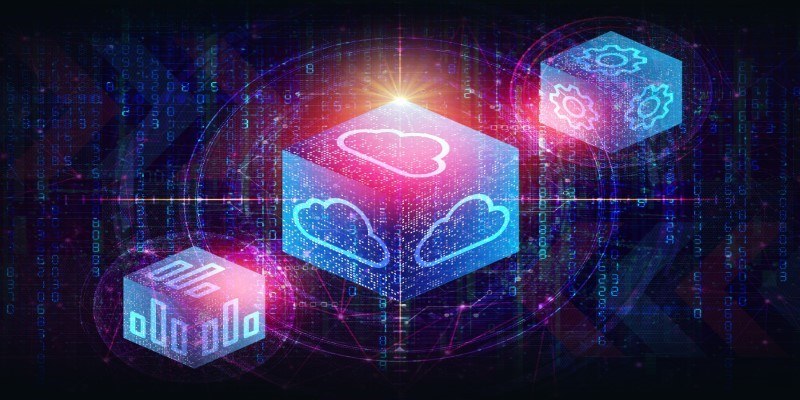
Access to data doesn’t guarantee better decisions—culture does. Here’s why building a strong data culture matters and how organizations can start doing it the right way
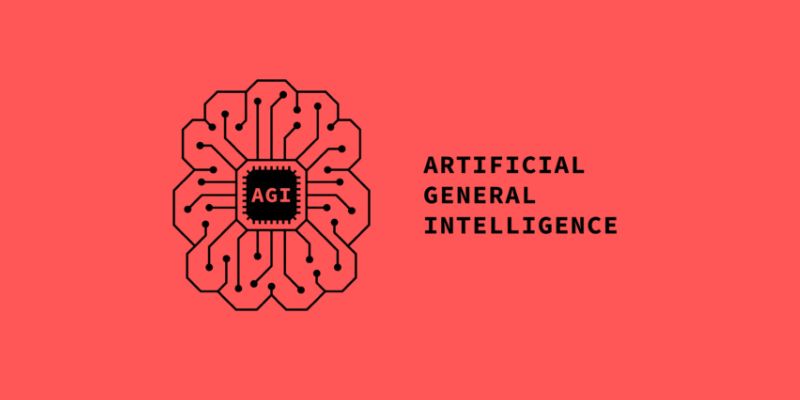
AGI is a hypothetical AI system that can understand complex problems and aims to achieve cognitive abilities like humans